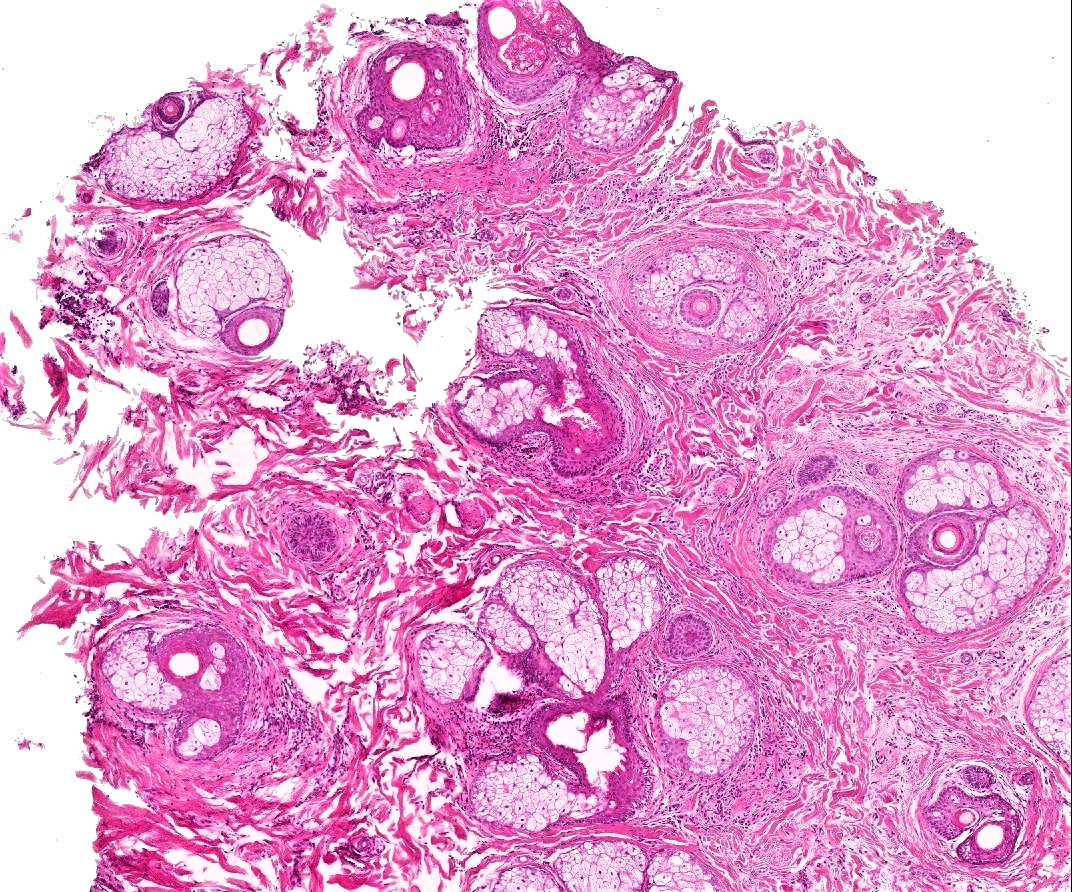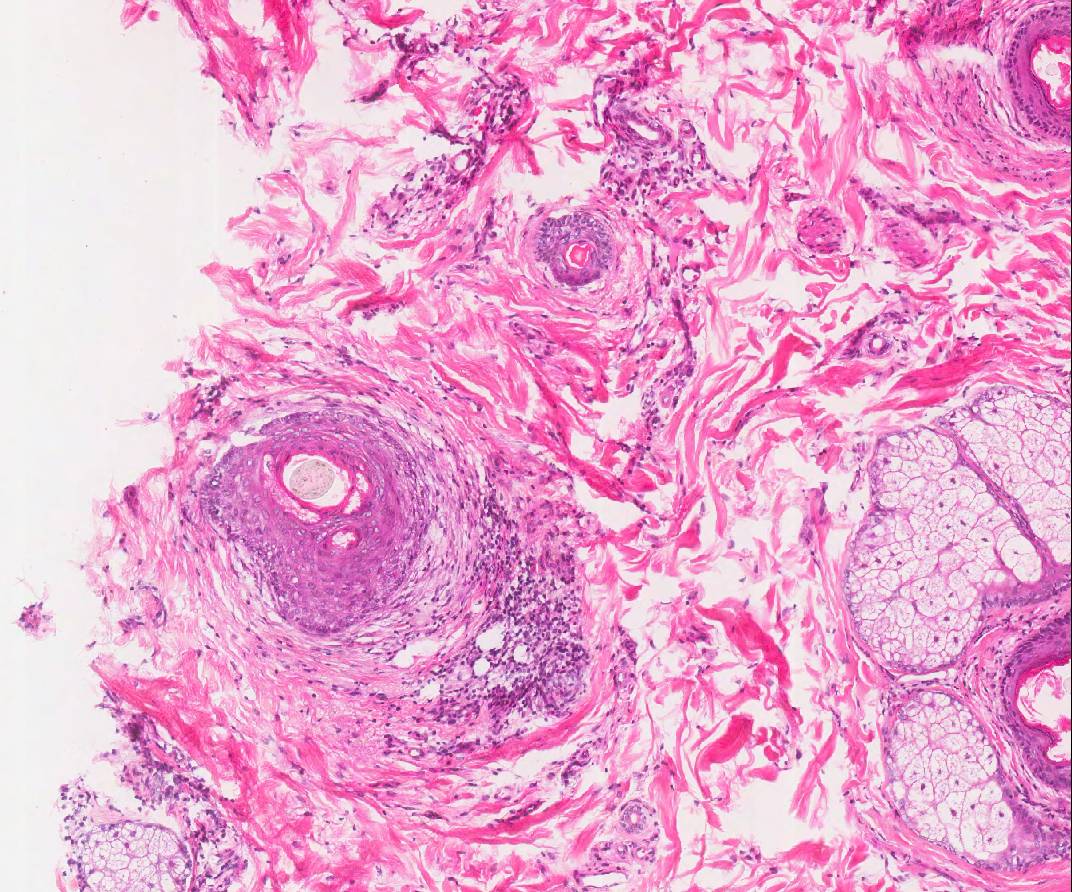-
 1
1
Case Number : Case 1947 - 15 Nov Posted By: Arti Bakshi
Please read the clinical history and view the images by clicking on them before you proffer your diagnosis.
Submitted Date :
29/F hair loss to top of scalp, scaling and itchiness. ? lichen planopilaris ?female pattern hair loss ?diffuse alopecia areata










Join the conversation
You can post now and register later. If you have an account, sign in now to post with your account.